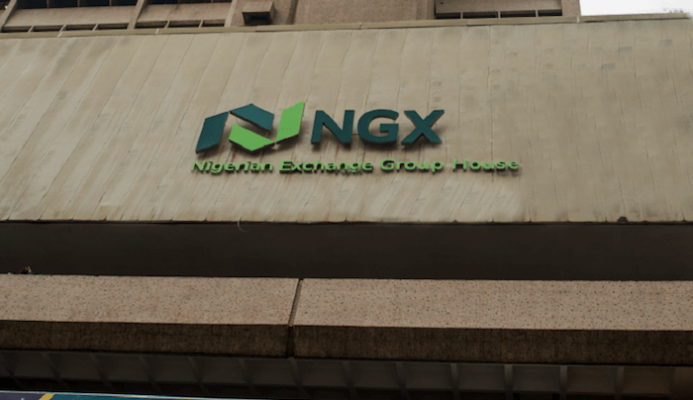The U.K. economy ended the third quarter on a mixed note, figures Friday showed.
Industrial production rose a larger-than-forecast 0.7 percent in September, with output increasing across most manufacturing sectors, the Office for National Statistics said. But construction fell the most in 18 months and a narrowing of the trade deficit was not enough to prevent the shortfall widening in the third quarter.
The reports round off a quarter which saw economic growth pick up slightly to 0.4 percent, a level which remains below its pre-Brexit referendum average as political uncertainty and inflation crimp consumer spending.
The Bank of England nevertheless hiked interest rates for the first time in more than a decade last week, saying the speed at which the economy can grow without fueling inflation has fallen.
Manufacturing rose 0.7 percent in September, the fifth consecutive increase and more double market forecasts. Ten out of 13 factory sectors recorded increases. Total industrial production was also boosted by higher oil and gas output.
Construction output fell 1.6 percent from August, the most since March last year.
It means industrial production grew 1.1 percent in the third quarter, slightly faster than the 1 percent estimated in GDP data last month. Construction fell for a second straight quarter, with the 0.9 percent decline exceeding the 0.7 percent initially estimated.
The revisions have little effect on GDP growth in the third quarter, the ONS said.
A similar pattern emerged in PMI surveys for the start of the current quarter, with manufacturing showing healthy growth in October and construction struggling to avoid falling back into contraction.
A widening in the trade deficit in the third quarter, to 9.5 billion pounds from 6.5 billion pounds in the previous three months, means net trade once again dragged on growth during the period. The ONS estimated the effect to be about 0.6 percent.
The deficit in September alone narrowed to 2.75 billion pounds, with the shortfall in goods alone falling to 11.3 billion pounds as exports rose 4.5 percent and imports climbed just 0.4 percent.










